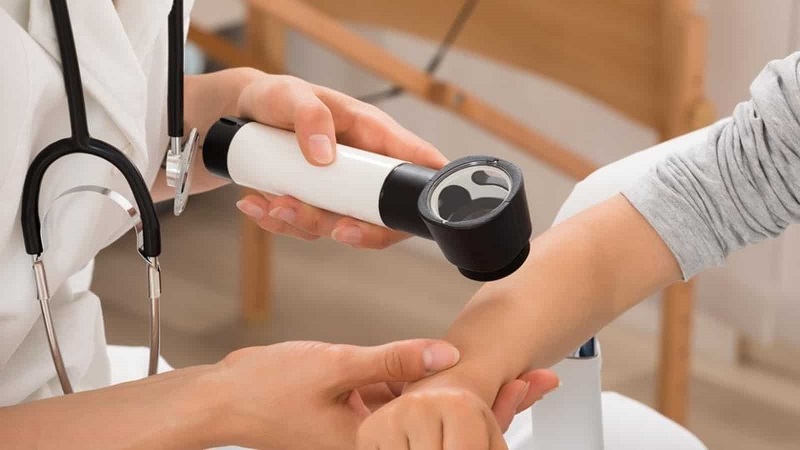
Copenhagen: A research team from the University of Copenhagen has been successful in stopping invasive growth in a skin cancer model by utilising synthetic human skin.
The study, which examines what exactly occurs when a cell transforms into a cancer cell, has been published in Science Signaling.
"We have been studying one of the cells' signalling pathways, the so-called TGF beta pathway. This pathway plays a critical role in the cell's communication with its surroundings, and it controls e.g., cell growth and cell division. If these mechanisms are damaged, the cell may turn into a cancer cell and invade the surrounding tissue," explains Professor and Team Lead Hans Wandall from the Department of Cellular and Molecular Medicine at the University of Copenhagen.
Under normal circumstances, your skin cells will not just start to invade the hypodermis and wreak havoc. Instead, they will produce a new layer of skin. But when cancer cells emerge, the cells no longer respect the boundaries between skin layers, and they start to invade each other. This is called invasive growth.
Hans Wandall and his colleagues have been studying the TGF beta pathway and applied methods for blocking invasive growth and thus curbing the invasive growth in skin cancer.
"We already have various drugs that can block these signalling pathways and which may be used in tests. We have used some of them in this study," explains Associate Professor and co-author of the study Sally Dabelsteen from the School of Dentistry.
The artificial skin used by the researchers resembles the skin used to test cosmetics in the EU, which banned animal testing in 2004. However, artificial skin does not allow the researchers to test the effect of a drug on the entire organism, Hans Wandall points out. Skin models like the one used here have been used by cosmetics companies since the mid-1980s.
"We can study the effect focussing on the individual organ -- the skin -- and then we reap experiences with regard to how molecules work, while we seek to determine whether they damage the structure of the skin and the healthy skin cells," he says. (ANI)







